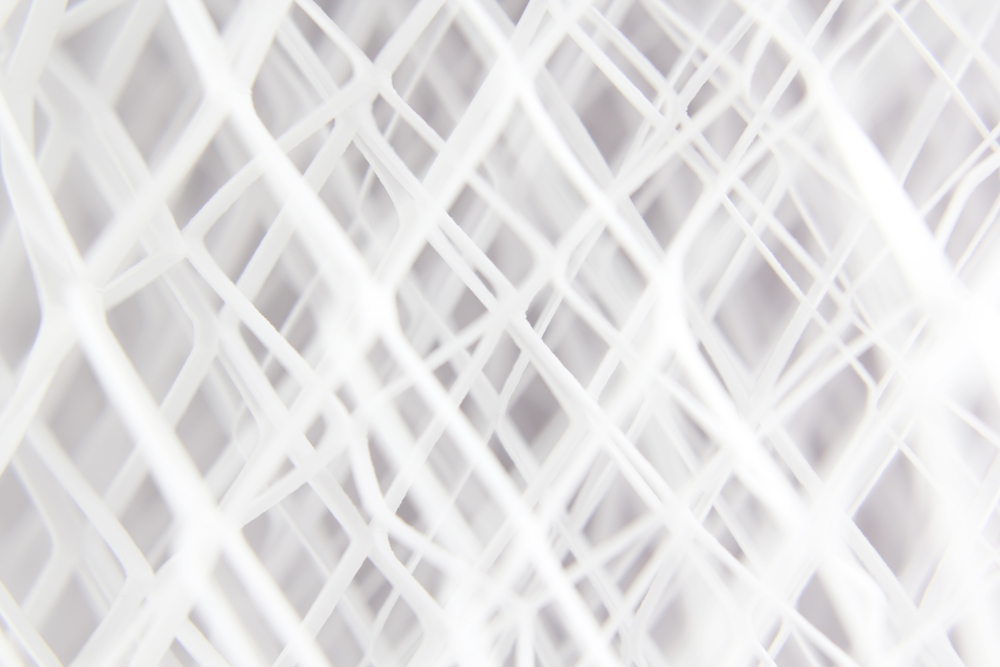Things Fashion Buyers and Sourcing Heads Should Know About Textile Science



The role of a fashion buyer and sourcing head is to find the right type of products and raw materials to curate the perfect product for the destination market. The world of textile sourcing is forever changing when it comes to factors such as cost and quality in order to source the right material.
Sourcing heads and fashion buyers should know about textile science or textile chemistry! Here are a few things every sourcing head and fashion buyer should keep in mind to source the right material.
Selection of materials
Properties of various fibres
Getting a keen insight into the properties of various fibres can help with choosing the right material for the manufacture of clothing. Here are the key properties to keep in mind when sourcing fabrics:
- Length and appearance: Fabrics that are made with normal fibres have a rugged and rough look, whereas fabrics that are made with filaments have a shiny and smooth look.
Short fibres that are wavy, like wool and cotton, are prone to dirt easily, whereas longer fibres like synthetic or silk are easy to clean and do not pick up dirt easily. Many materials in today’s market come with applied finishes that give a shiny and smooth appearance to dull or rough fabrics. For instance, cotton that is charged has a smoother look, but this goes off when washed.
- Water absorption: Fabrics like cotton tend to absorb more water, whereas synthetic fibres have a relatively low absorbency rate. People prefer cotton clothes during humid and hot weather, as it has the tendency to absorb water, keeping the skin cool and breathable.
Synthetic clothes, on the other hand, do not absorb sweat, making them uncomfortable to wear during hot and humid weather. When choosing materials for socks or undergarments, it is highly crucial that the material chosen ensures maximum comfort.
- Heat conductivity: Rayon and cotton are very good conductors of heat, and keep the body cool. Synthetic fibres in silk, on the other hand, are poor conductors of heat, including wool, which can keep the body warm. Depending on this property, choose the right material for the weather by selecting materials with high heat conductivity for summers and low heat conductivity for winters.
- Durability or strength: The strength of the fabrics is also a vital aspect to consider when choosing a fabric. The washability of the fabric and durability solely depends upon the strength of the fibre.
Some fabrics like wool, rayon and silk can become weak when wet, whereas synthetic and cotton fabrics are super-strong and can be cleaned or washed easily.
So when choosing fabrics to manufacture daily wear apparel, make sure to invest in fabric made with cotton or synthetic material. Delicate and weak fabrics like silk or rayon are better off used to create occasional-wear apparel.
Construction techniques

Each fabric gives a special property depending on the type of construction technique used. For instance, knitting provides great elasticity and stretchability, making it perfect for woollen sweaters, socks or undergarments.
Weaving on the other hand gives a firm and smooth texture to the fabric, making it perfect for making garments like dresses. After choosing the right fabric, it is ideal to choose the method of construction in order to manufacture the right apparel.
Finishing
Fabrics also come in a variety of finishes like waterproofing, shrink control or mercerisation. These finishes are applied to the fabric to enhance the appearance and properties of the material. This should also be considered by fashion buyers and sourcing heads as it plays an important role in the amount of clothing needed.
For instance, when buying fabric for a churidar, an extra half a quarter metre of cloth is needed, as it may shrink on washing. But if the fabric already has a shrinkage control finish, there will not be any need for extra material.
The same thing applies for a brand manufacturing umbrellas, where the fabric purchased should be waterproof.
Some fabric providers also tend to use finishes to hide the poor quality of a fabric; so when selecting a fabric, make sure to do a rubber scratch test in the corner to ensure good quality before buying it.
Tips on judging the quality of a fabric
There are a wide range of fabrics available in the market these days with the advancements made in textile science, ranging from blended fabrics to man-made fibres and a plethora of natural fibres.
Blended fabrics create a sense of comfortability and extra fit. When choosing a blended fabric, know about the textile chemistry as well! For example, lycra and cotton blends are popular in jeans and pants, whereas silk and cotton blends are breathable and comfortable at the same time.
Now that we know the types of material to choose for a particular end-use, what are the qualities to look for when selecting a fabric? Here are a few features to keep in mind in order to make a quality fabric purchase:
- The material or clothes should be soft and smooth to touch. The durability of the fabric depends on the quality of the fibre, the compactness of construction and the amount of twist in the yarn. A fabric that is closely woven has more yarn than a loosely woollen fabric, making it stronger.
- If the cloth has long floats, it should be avoided as this denotes that the fabric snags easily.
- The strength of the cloth can be tested by applying some pressure between the two thumbs; if the threads do not slope away from one another, the fabric is constructed well.
- If the yarns seem at an oblique angle, it means the fabric is off grain. All the yarns should meet in selvedges at the right angle.
- The weave should be uniform. To check this, hold the fabric up towards the light and check for any thick or unusually thin areas. If the fabric has an uneven weave, the material will not last long!
- The smell of the fabric should be clean and not have an oily note to it.
- Hold the cloth over the light to see if there is any uneven dyeing. Any visible colour or crease lines show bad dye quality!
- It is very difficult to match a regular print when making a fabric, so make sure that the geometric pattern all meet at the right angles in the end.
- There should be no powdery dust or visible amount of starch when rubbed between the fingers. Few manufacturers tend to coat the fabric with large amounts of starch, to hide the poor quality of the fabric.
- When choosing silk, make sure that there is no extra gum, as few manufacturers tend to gum the silk heavily, in order to increase the weight and extract high prices.
- When choosing velvet materials, make sure the fabric is fine and dense without any flyaways.
Selecting readymade garments

When choosing ready-made garments, here are a few features to keep in mind:
Design
For choosing the right design, it is ideal to keep in mind the basic style, colour, shape and texture of the garment fabric. When these four elements are in balance or proportion, it creates a sense of elegance when the apparel is worn. Make sure to check out the latest trends before going about purchasing clothes.
Fit
The garment industry has specific fit standards for every size. Inspect the bust, shoulder, length and waist to see if the dress has the exact fit and size, to create an appealing look.
Construction and details
The workmanship is also a very important aspect when choosing readymade garments. The durability of the dress can be easily found by pulling on one end of the dress. If the seams are well-finished and do not have any packers, the dress is of good quality.
Also make sure to check the quality of the zippers and fastness, as well as the fixture of buttons. The edges of the collars also should be well-defined, and there should be no raw piping or edges in the garment.
Price
The price depends on all the previous factors mentioned. The details, embroidery and quality of the fabric directly influences the price. Make sure to always check the prices of various garments along with its GSM and marketing prices before finalising on the lot.
Conclusion
Every fashion buyer and sourcing head should have a clear idea about textile science in order to source quality materials and apparels for their firm. This can be assessed by looking through the properties of the fabric, comparing it to the industry standards and knowing about textile chemistry to ensure a quality final output. At times, following all these steps and maintaining several quality factors can be very difficult to accomplish.
To ensure the sourcing of quality materials and to keep up with the latest trends, it is best to partner with a platform like Fashinza, which simplifies all your manufacturing needs. The end-to-end fashion service provider connects with leading manufacturers across the globe for optimal textile procurement.



















